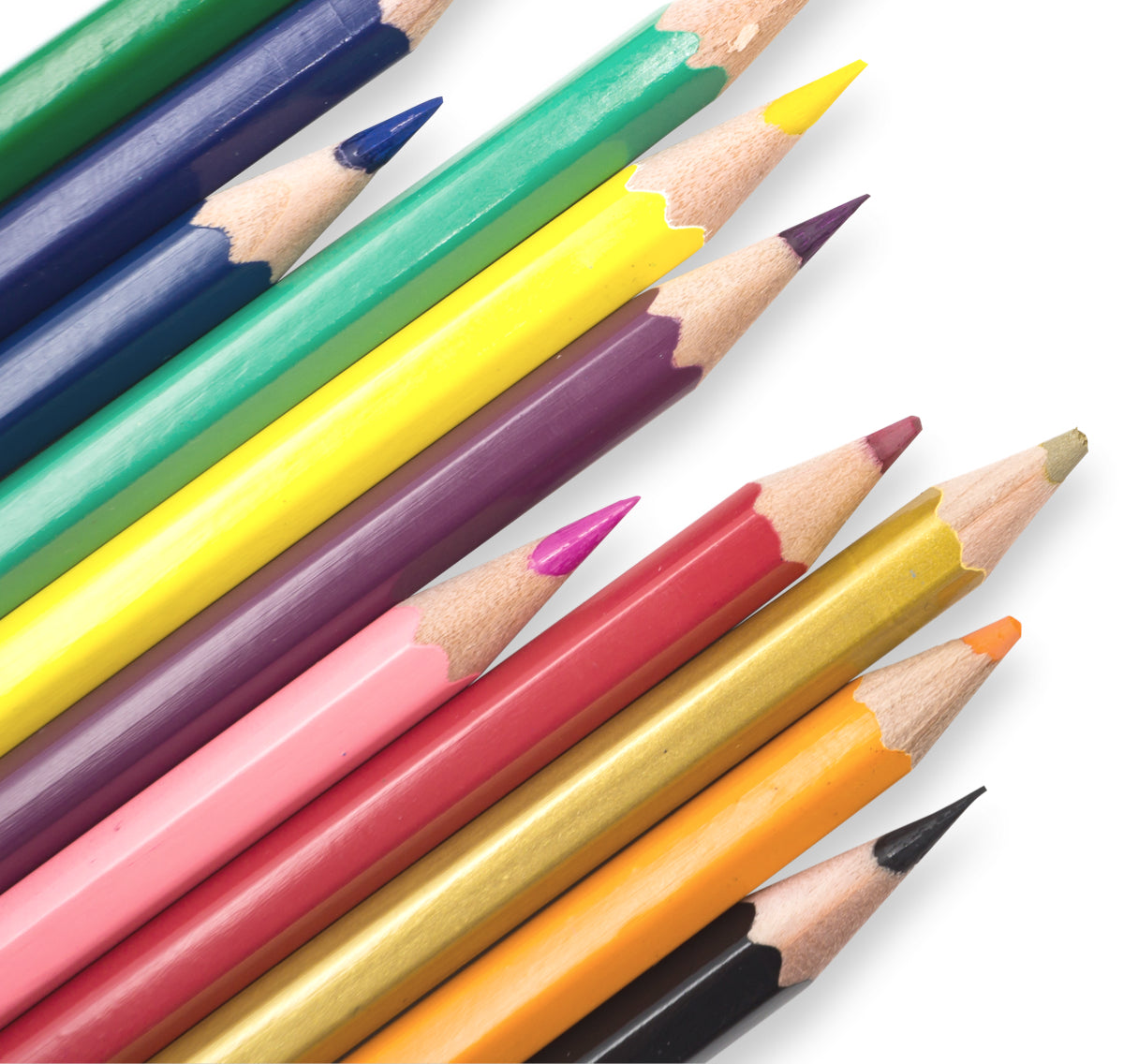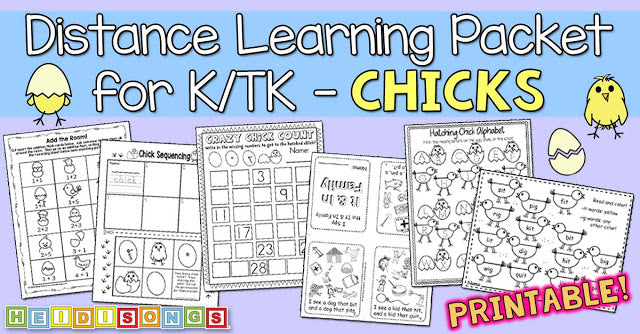When my students seem to know most of their letters and sounds, I start them on sight words, and then some very simple books for guided reading. I look in the book that I want to start with, and see which sight words they would need to read it. Then teach them those, and have them read the book. I love teaching the sight words with music and movement, so I always use my Sing and Spell the Sight Words CD’s to help teach the words in an engaging way. Every time we sing the song, I hold the
word card in my hand, and ask them immediately, “What word is this?” and hope that they answer correctly! We do this during transitions a lot, to help “sponge” up some of that extra time in a solid, academic way. Time permitting, I have them say the spelling of the word after the song plays as well, (without singing.) When a child comes to a word that he doesn’t know, I start singing the song for that word, and he usually joins in and eventually says the word.
I have had good success using the little printable books from EZ2Read.com. They are predictable pattern books, using the same sentence structures over and over, so the kids get lots of practice on certain words. You can find these books all over the internet to download; sometimes you have to pay for the download, and sometimes you don’t. Sometimes, if I find a book that would work with my theme but does not have the words I need in it, I print out different words and glue them on top of the old ones, and then xerox that. Sometimes, I even make two different versions of the same book- one with harder words, and one with simpler words for my lower kids. The great thing about this is that the kids rarely know that there are multiple versions of the same book, because the pictures are the same in both books.

After the child reads the book, have him look for words he knows in the story. I like to have my kids search for certain words, such as “the” or “is,” and then him color each word a certain color. For example, find all of the words “is” and color those words yellow. I show them how to circle the word first with a crayon, and then color in the circle. I think that this helps them find the word boundries. Then I have them point to and track the words as they read the book.
To make coloring the words easier in a small group situation, I usually take some index cards and write the target words on them with a thin point black marker. Then I color that word yellow, etc. I do this on several index cards, and scatter them on the table where the kids are working; that way, they don’t have to always ask me what color a certain word should be; that info is on the index cards. Then I file the cards with the masters for the printable books and same them for next year.
It works for me!

















